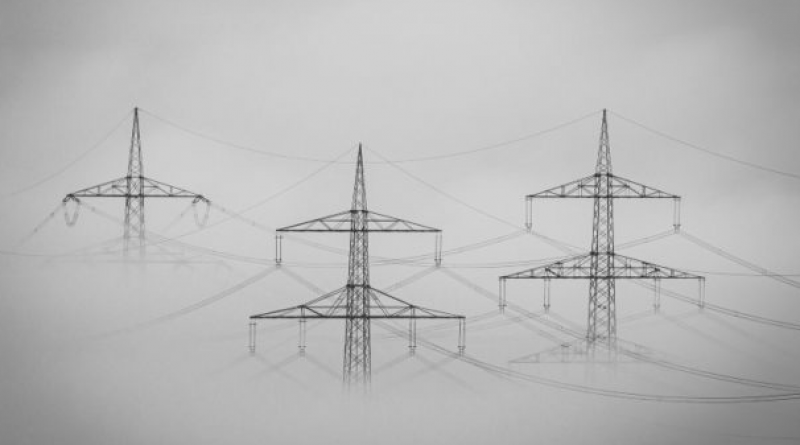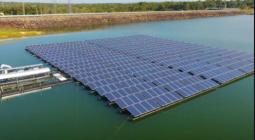Ed’s note: Is renewable energy breaking the electricity network?

A decade has passed since the inception of South Africa’s renowned renewable energy auction programme – the Renewable Energy Independent Power Producer Procurement Programme (REIPPPP).
In reality, the competitive bidding process is not exactly ten years old if you consider the stalled years.
At its inception in 2011, the REIPPP programme invited proposals for CSP, onshore wind, solar PV, biogas, biomass, landfill gas, and small hydropower of under 40MW. It included an assortment of less than 5MW projects from any of the listed resources.
But in 2016, after three successful bid rounds, the procurement programme was stalled. The reasoning was that the cost of energy procured through REIPPP was too expensive and causing Eskom financial distress. While the intermittency factor of renewable energy was brought up in conversation as being a challenge.
The financial burden is debatable, but the intermittent nature of renewable generation does affect grid stability. For instance, compared to coal-fired power or gas turbine power stations, renewable energy sources cannot match the consistency and response speed. And voltage control of renewable energy is an issue.
I recently hosted two experts, Phil Dingle and Tim Spearing from Lucy Electric, to chat about the challenges of adding renewables onto the network. According to the Lucy Electric experts, with less reliance on or accessibility of large power stations, there is the potential for a reduction in the network operators’ ability to maintain local voltage levels within required margins, in part due to the loss of reactive power.
The solution is to improve the visibility of the network to increase fault identification, response and resolution times, which drive improvements in service quality and increase customer satisfaction, states Dingle. While it will be more critical than ever that utilities take predictive action rather than reactive to changing situations.
This week Eskom implemented loadshedding to accommodate the loss of ten of its generating units – and South Africans debated on social media whether large to small scale renewable and DERs would have supported the grid regardless of intermittency.
With the solutions at hand from companies like Lucy Electric, this ideal energy mix of baseload, renewables, and DERs is within reach. Before the REIPPP stalled, the programme succeeded in procuring a total of 6,422MW (2,366 solar PV and 3,087MW onshore wind) from 112 IPPs, with 3,876MW operational and made available to the electricity grid.
We now await news on Bid Window 5 of the procurement programme, which the department of mineral resources and energy formally opened Request for Proposals earlier this year. In conjunction with the revival of REIPPPP, municipalities and utilities must invest in solutions to safeguard against impacts on the network, which go beyond the intermittency of renewable energy.
The scenario of an electricity grid secure from ‘interference’ can no longer be the objective.
Until next week.
Nicolette
19 May 2021
ESI Africa




